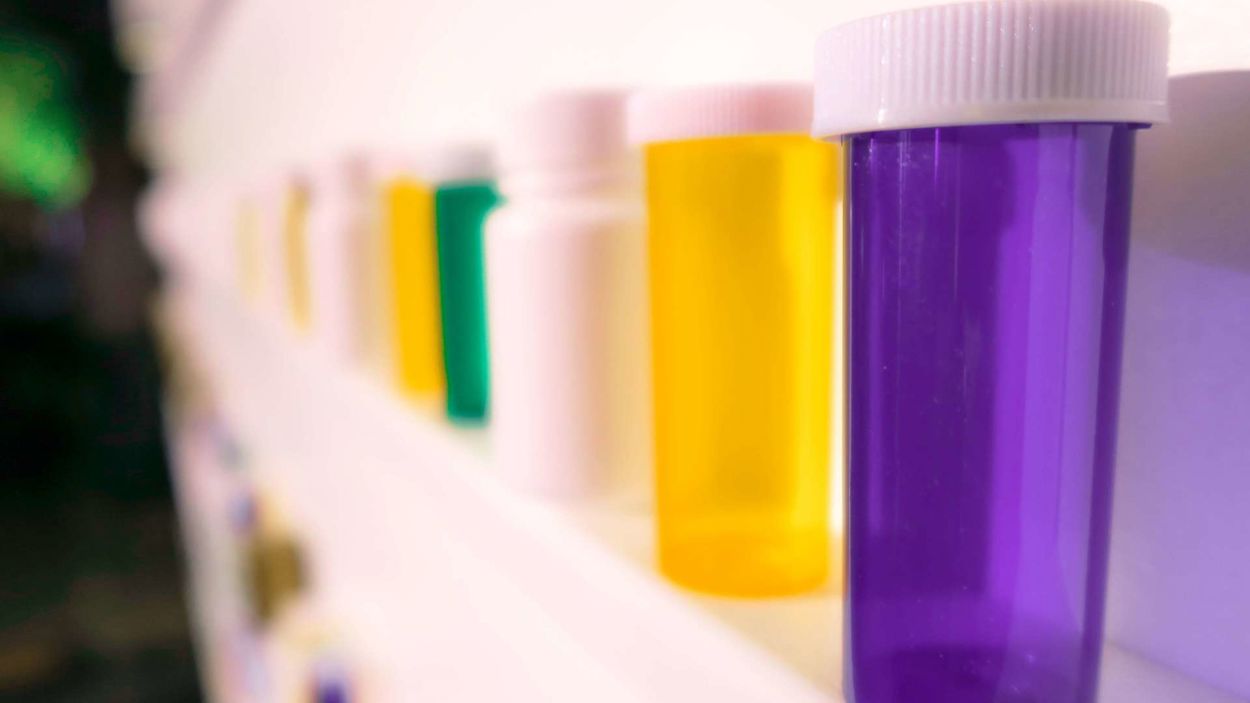How is a diagnosis of IBD made?
As some of the symptoms mimic other less serious childhood conditions, diagnosis can be difficult. While at the stage of seeing a GP, initially blood and poo tests will have been taken to rule out bacterial and viral infections and infectious diarrhoea. Blood tests will show if there are inflammatory changes, known as inflammatory markers. A standard screening test for this is a single blood test to give a full blood count, the ESR, CRP and Serum Albumin (see our glossary) However although this indicates inflammation it does not indicate where this is in the body so further testing becomes necessary before a diagnosis can be made. If other childhood conditions have been ruled out, a GP may carry out a faecal (poo) calprotectin or faecal lactoferrin test – a relatively new and much less invasive test to show an increased level of specific proteins. However in children under 5 this test may show high levels even when there is no IBD so it is for specialist use only with this age group.
When infection has been excluded and stool calprotectin suggests inflammation, a referral to a paediatric gastroenterologist is needed to make a firm diagnosis of IBD. The vague and sometimes intermittent nature of the symptoms may mean special examinations are necessary to give a clear picture of exactly what is happening.
- endoscopy is a painless but sometimes slightly uncomfortable procedure, carried out by looking at the gastrointestinal tract with a flexible lighted tube. Before colonoscopy (to see all of the large bowel) a laxative is given to clear the bowel completely. The tube is inserted via the anus so that the doctor can see the lining of the bowel and can take a biopsy (a small sample of the lining of the bowel for examination in the laboratory). This examination is done under a general anesthetic or if wished, older children can have these procedures carried out with heavy sedation. If the doctor needs to see the upper part of the digestive system a gastroscopy will be carried out by passing a tube via the mouth to reach as far as the top part of the intestine
- a barium meal and follow-through may be needed to see the middle part of the intestine. This is a special x-ray that involves drinking a chalky mixture which shows up the outline of the intestine. It is not painful but it sometimes take a long time for the mixture to travel down to the small intestine, especially if there are strictures (narrowing)
- an alternative test, but not available in all hospitals, is a wireless capsule endoscopy. This involves swallowing a small capsule which then takes photographs and, as it travels through the gut, relays these back to an external computer. These are not used on small children or if there are strictures
- occasionally an ultrasound (similar to those used in pregnancy) may be useful
- an MRI might become necessary for an older child and does not involve radiation like older CT (computerised tomography) scans
- a double balloon enteroscopy may also be used
Each of these might be used in specific circumstances and are best described by the paediatric gastroenterologist involved.
If you do not understand what is involved in any test, ask a specialist nurse or any member of the gastro team for more information.
